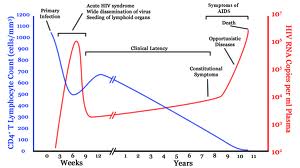Abstract
Polymerase chain reaction (PCR) was used to detect human immunodeficiency virus (HIV)-1 DNA in peripheral blood mononuclear cells to assess in hemophilic men whether any were HIV-seropositive but uninfected or seronegative but infected and in seronegative sex partners of seropositive hemophilic men whether any were infected. Of 40 seropositive men, 38 (95%) were PCR-positive; one was PCR-indeterminate and one PCR-negative. None of 41 seronegative men who used only donor-screened, virus-inactivated coagulation factor products were PCR-positive. However, two of six who received noninactivated products were PCR-positive; one had low T-helper cell counts and died of unrelated causes and the other had seroconverted 11 mo later. PCR with a second primer pair also detected HIV-1 DNA in these two men. None of 25 seronegative female sex partners of seropositive men, including six men with AIDS and seven with AIDS-related symptoms, were PCR-positive. These data suggest that most seropositive hemophilic men are HIV-infected; whether some are infected with defective virus remains to be resolved as does the infection status of seropositive PCR-negative men. Identification of two seronegative PCR-positive men supports the possibility that HIV-1 DNA can be detected before seroconversion.
Jason J, Ou CY, Moore JL, Lawrence DN, Schochetman G, Evatt BL
J. Infect. Dis. 1989 Nov;160(5):789-94
PMID: 2809254
J-Infect-Dis.-1989-Jason-789-94-HIV-hemoph-sex-ptners1